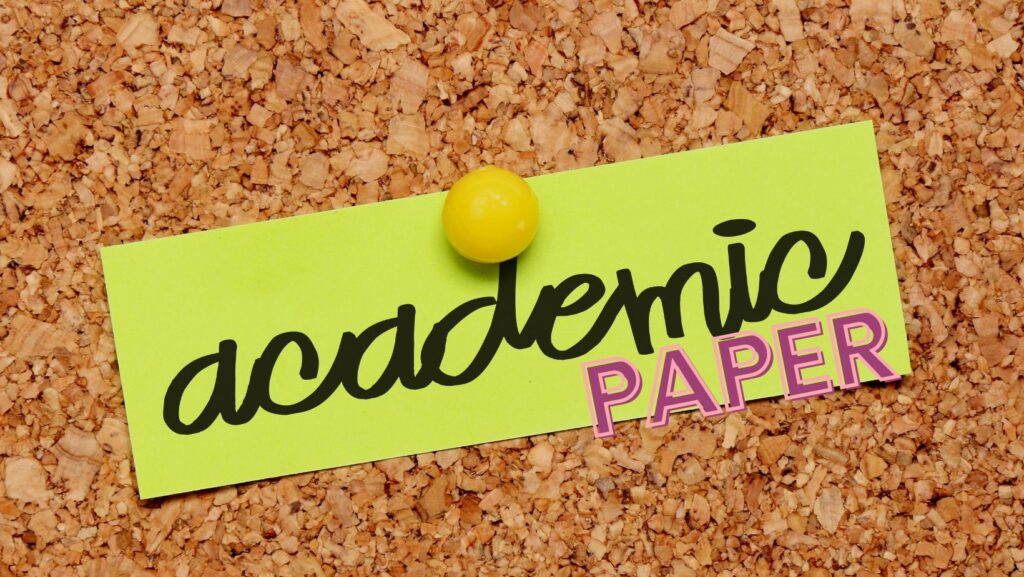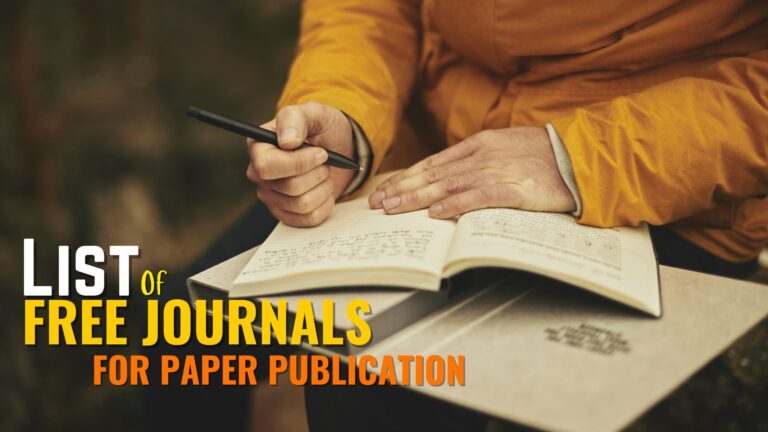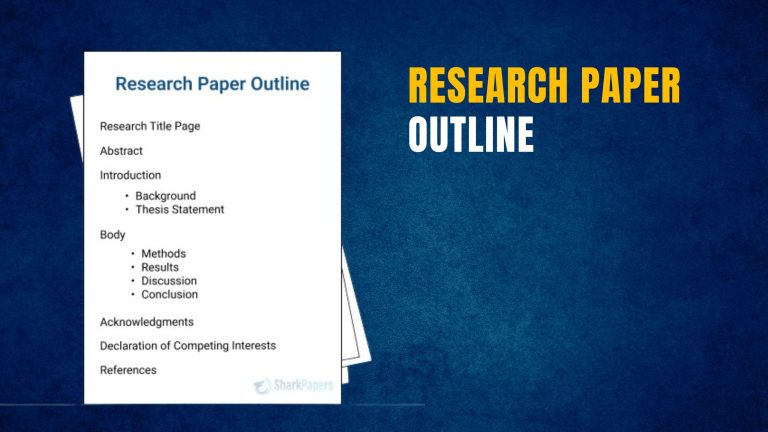How to Write an Academic Paper?

Writing an Academic Paper can be a challenging task for many students and researchers. Academic papers are usually written to communicate your ideas, arguments, or findings to a specific audience, such as your peers, professors, or journal editors.
You need to follow certain guidelines and standards to ensure that your paper is clear, coherent, and convincing. We will share some tips on how to write an academic paper effectively and precisely.

1- Pick a topic and make it more specific:
The first step in writing an academic paper is to choose a topic that interests you and that is relevant to your field of study. You should also make sure that the topic is not too broad or too narrow, as this will affect the scope and depth of your paper. A good way to narrow down your topic is to ask yourself some questions, such as:
- What is the main problem or question that I want to address?
- What is the purpose or goal of my paper?
- Who is my intended audience and what do they need to know?
- What are the main concepts or terms that I need to define or explain?
- What are the existing literature or sources that I need to review or cite?
You can formulate a specific research question or thesis statement that will guide your paper by answering these questions.
2- Conduct a literature review:
The next step in writing an academic paper is to conduct a literature review, which means finding and analyzing the relevant sources that relate to your topic. A literature review helps you to:
- Identify the gaps in the existing knowledge or research
- Establish the context and background of your topic
- Support your arguments or claims with evidence and examples
- Examine the similarities and differences between various viewpoints or methods
- Illustrate your skills of reasoning and examination
To conduct a literature review, you need to search for credible and reliable sources, such as books, journal articles, reports, or websites. You should also evaluate the sources for their quality, relevance, accuracy, and bias. You can use various tools and strategies to organize and synthesize the information from the sources, such as:
- Taking notes and highlighting key points or quotes
- Summarizing or paraphrasing the main ideas or arguments
- Creating an outline or a mind map
- Using citation software or reference managers
3- Write an outline:
The third step in writing an academic paper is to write an outline, which is a plan or a structure for your paper. An outline helps you to:
- Organize your thoughts and ideas logically and coherently
- Split your paper into parts and subparts
- Identify the main points or arguments for each section
- Arrange the order and sequence of your sections
- Check the flow and transitions of your paper
An outline can be either formal or informal, depending on your preference and purpose. A formal outline uses alphanumeric symbols (such as I, A, 1, a) or decimal numbers (such as 1.0, 1.1, 1.1.1) to indicate the levels of headings and subheadings. An informal outline uses bullet points or dashes to list the main points or arguments. You can also use keywords, phrases, sentences, or questions to describe each point or argument.
4- Write the first draft:
The fourth step in writing an academic paper is to write the first draft, which is a rough version of your paper. The first draft helps you to:
- Translate your outline into complete sentences and paragraphs
- Develop your arguments or claims with evidence and examples
- Express your voice and style as a writer
- Communicate your message clearly and effectively
General Structure of an Academic Paper:
To write the first draft, you need to follow the general structure of an academic paper, which consists of three main parts: introduction, body, and conclusion.
A- Introduction:
The introduction is the first part of your paper that introduces your topic, provides some background information, states your research question or thesis statement, and outlines the main points or arguments of your paper. The introduction should:
- Grab the attention and curiosity of your readers
- Highlight the significance and relevance of your topic
- Define or explain any key terms or concepts
- Provide some context or background of your topic
- State your research question or thesis statement clearly and concisely
- Outline the main points or arguments of your paper
B- Body:
The body is the main part of your paper that develops your arguments or claims with evidence and examples. The body should:
- Follow the order and sequence of your outline
- Use headings and subheadings to organize your sections and subsections
- Begin each paragraph with a topic sentence that introduces its key point
- Use transitions words or phrases to connect each paragraph
- Use evidence and examples from credible sources to support your arguments or claims
- Use quotations, paraphrases, or summaries to cite your sources properly
- Use analysis or commentary to explain how your evidence and examples relate to your arguments or claims
- Use counterarguments or objections to acknowledge and address the opposing views or limitations of your arguments or claims
C- Conclusion:
The conclusion is the last part of your paper that summarizes your main points or arguments, restates your research question or thesis statement, and provides some implications or recommendations for further research or action. The conclusion should:
- Remind your readers of the main points or arguments of your paper
- Restate your research question or thesis statement in different words
- Explain the significance or implications of your findings or results
- Recommend some options or strategies for further research or action
- Wrap up with a forceful and unforgettable statement that influences your readers
5- Revise and edit:
The fifth and final step in writing an academic paper is to revise and edit, which means improving the content, organization, and style of your paper. Revising and editing helps you to:
- Check the accuracy and completeness of your information and arguments
- Check the clarity and coherence of your message and structure
- Check the correctness and consistency of your grammar, spelling, punctuation, and formatting
- Check the originality and appropriateness of your voice and tone
- Check the adherence and compliance to the guidelines and standards of your discipline or field
To revise and edit your paper, you can use various tools and techniques, such as:
- Reading your paper aloud or asking someone else to read it for you
- Using feedback or comments from your peers, professors, or tutors
- Using checklists or rubrics to evaluate your paper
- Using online tools or software to check your grammar, spelling, plagiarism, etc.
- Using style guides or manuals to follow the rules and conventions of your discipline or field
Writing an academic paper is a challenging but rewarding process that requires time, effort, and skills. We have shared some tips on how to write an academic paper effectively, such as choosing and narrowing down a topic, conducting a literature review, writing an outline, writing the first draft, and revising and editing.
You can write an academic paper that is clear, coherent, and convincing. I hope you have found this blog post helpful and informative.
Writing an academic paper can be a daunting task, but it can also be a rewarding one. You can learn new things, develop your skills and contribute to your field of study. But you don’t have to do it alone. There are many resources and tools that can help you with your academic writing tasks, such as online courses, books, blogs and journals. One of the best sources of academic writing tips and advice is ISCOPE Publication, a website that provides quality articles on various topics related to academic writing, such as research methods, literature review, thesis writing, editing and proofreading.
Also Read: What is the definition of “Academic”? The key traits of Academic Skills?






